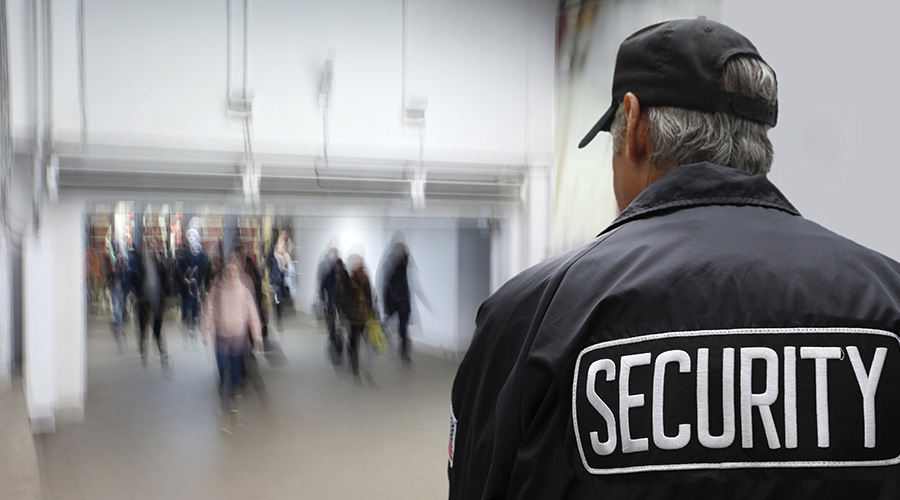Appropriate Technology Is Key To Hospital Security
All types of facilities are starting to rely more on technology, particularly in the areas of safety and security, and nowhere is this more evident than in healthcare. Hospitals, clinics, and medical offices are high-traffic areas, with staff, patients, and visitors moving in and out at all hours of day and night. The goal for facility managers should be balancing the use of technology, maintaining a secure environment, and allowing staff and visitors to move through a facility without too much hassle.
Healthcare facility managers have multiple safety and security concerns, especially given that many parts of their facilities are open to visitors. Technology has made addressing those concerns easier, but facility managers must select technology that is effective, meets the facility's needs and demands, and isn't too hard to understand or use. It must also be a financially sound investment.
"When you look at technology, you have to go in with the mindset that it has to be a long-term solution — will it be relevant in three years? — and not just a fad," says David LaRose, director of safety/security and EM Management at Lakeland Regional Medical Center in Lakeland, Fla. "Look at the lines of people who want a new cell phone. You have to ask if you're really going to get something out of the technology."
Evaluating Options
When Lakeland recently replaced and upgraded its safety and security technology with new access control and closed-circuit television, LaRose was diligent during the vetting process in getting opinions from his peers at other institutions about the products and vendors he and his staff were considering. He wanted quality products that could meet the demands of the medical center as it expands and that the information technology department felt were a good fit.
Lauris Freidenfelds, security director at Rush University Medical Center in Chicago, agrees it's important to take a "real world" approach to technology. Facility staffs sometimes "fall in love" with technology and move ahead without thinking about the overall operations, he says. Facility managers need to look at the operations first and then select technology that's appropriate for the building, not the other way round, he says, adding that he has seen many people buy technology that functions poorly with a facility's operations and is abandoned. A certain technology, he says, "may not be the sexiest thing on the street, but it might be the best thing for the situation."
One area where security technology is making protection easier is tracking. For example, tags have been used to keep track of infants, but they only worked in a specific area of a hospital. With the use of WiFi, though, an infant can now be tracked across an entire facility, allowing security to intercept an individual who is not authorized to care for the baby, says William Sako, senior vice president of Rolf Jensen & Associates Inc. It's an example of technology making security much better and easier, he says.
Related Topics:













